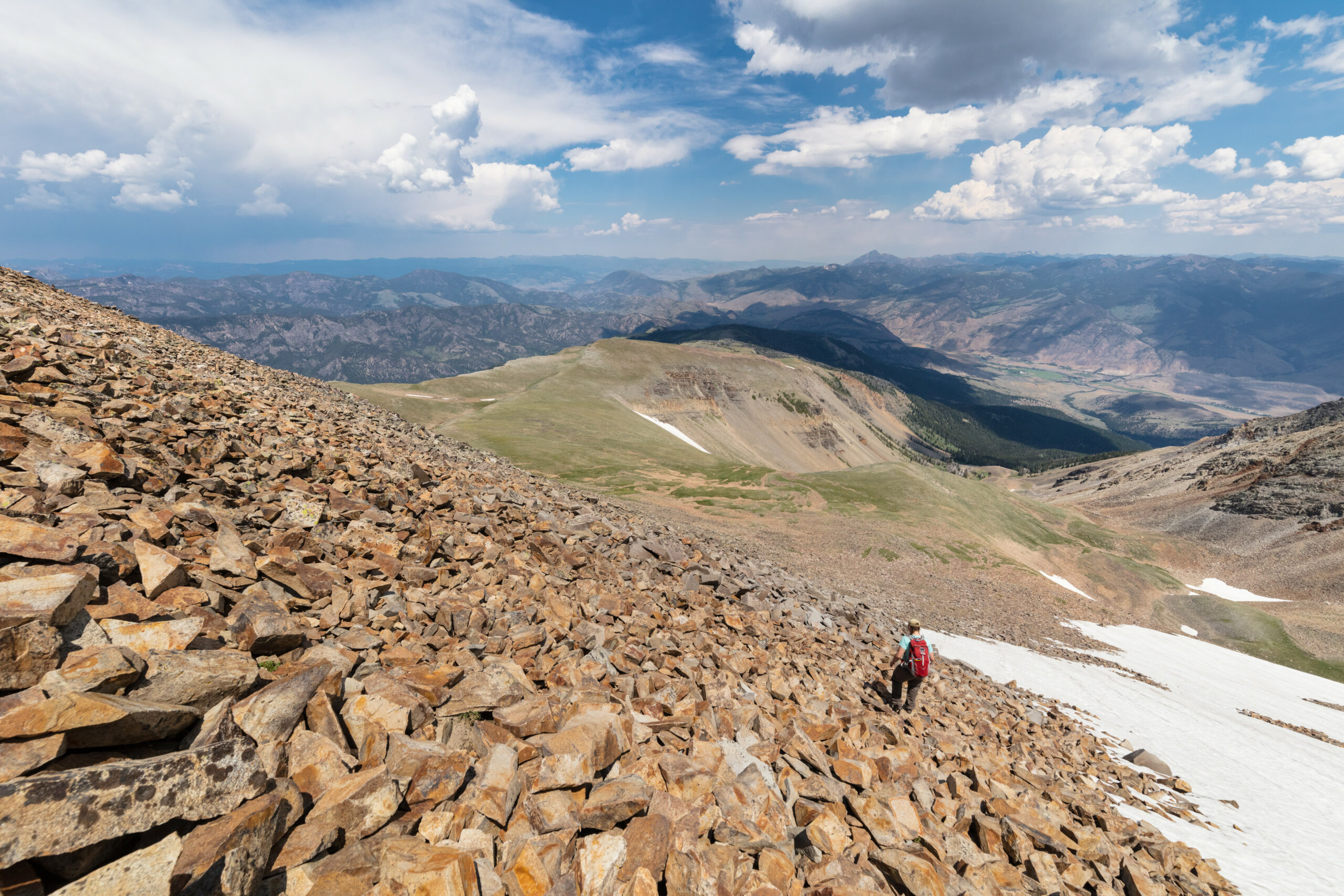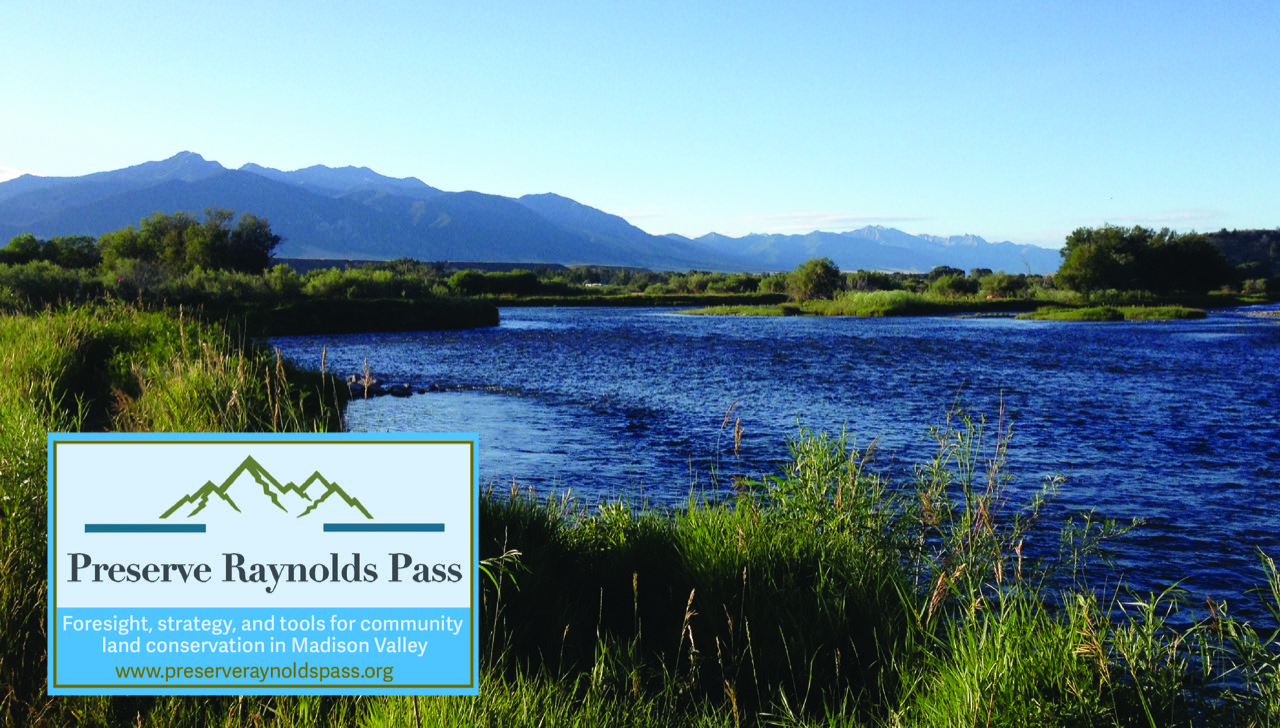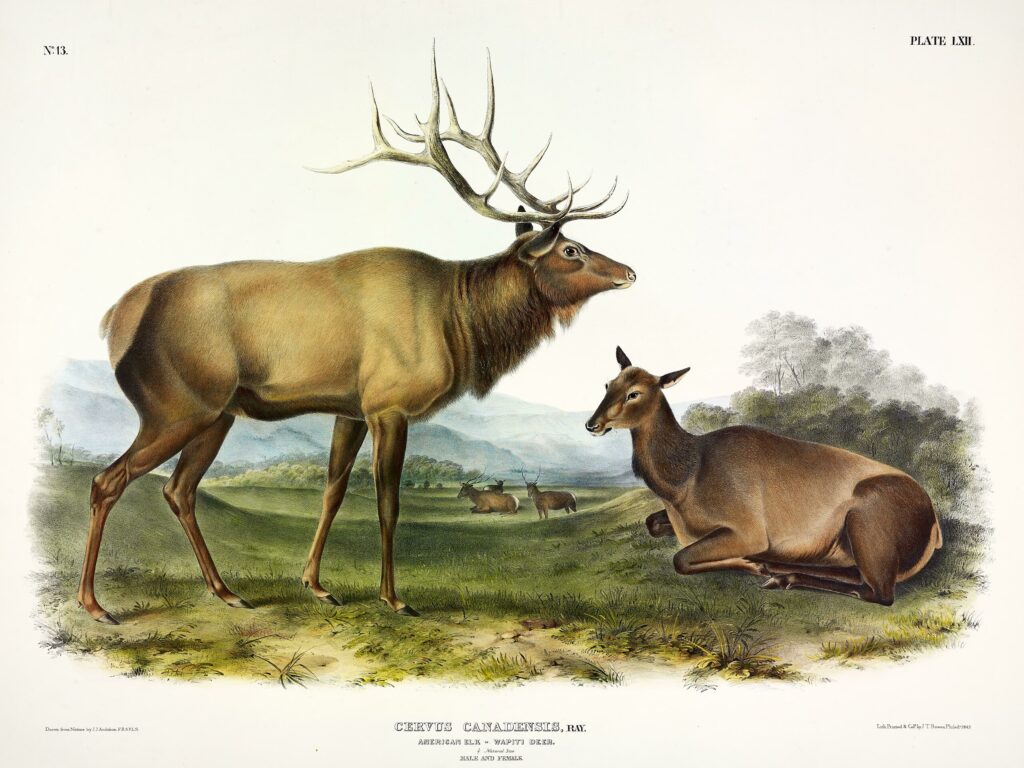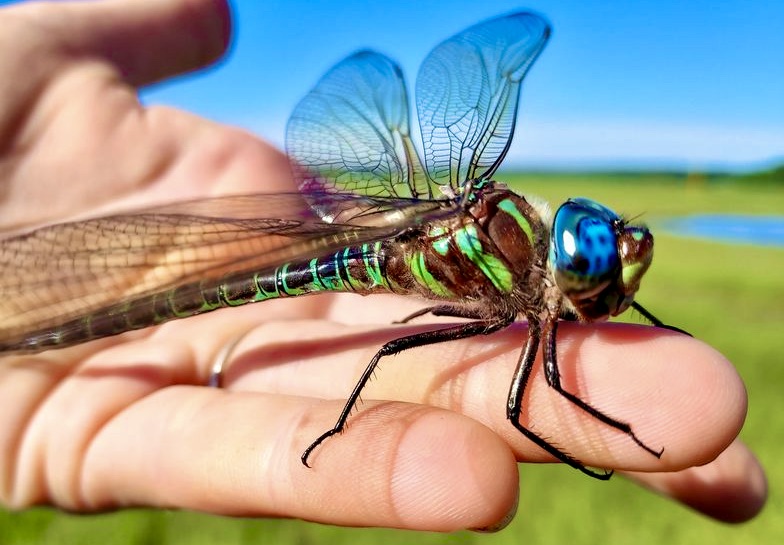EDITOR’S NOTE: How should one of Greater Yellowstone’s most important mountain ranges—for wildlife in and around Yellowstone National Park—be stewarded? The following letter was submitted as a group statement, signed by more than two dozen former staff and board members of the Bozeman-based Greater Yellowstone Coalition (GYC) who want more acres in permanent protection. They stand in opposition to proposed legislation crafted by GYC, The Wilderness Society, Wild Montana, mountain bikers and other special interests arrayed under the banner of the Gallatin Forest Partnership. Combined, the former employees and board trustees have more than three centuries’ worth of collective experience working to advance wildlife conservation and land management aimed at habitat protection for Greater Yellowstone’s unsurpassed concentration of native species in the Lower 48.
The signees include Michael V. Finley, a former superintendent of Yellowstone National Park who served on the GYC board as a representative for Ted Turner. After leaving Yellowstone, Finley served as president of the Turner Foundation and then went on to be chair of the Oregon Fish and Wildlife Commission. He also earlier was superintendent of Yosemite and Everglades national parks. Another signee is Mike Clark, who led GYC as it executive director on two different occasions and he helped lead the national fight to stop the New World Mine from being built on Yellowstone’s doorstep in the 1990s. Clark has been a board member and advisor to more than two dozen different conservation organizations.
Let’s Not Squander Our One Opportunity To Protect A Nationally-Significant Wild Mountain Range
WE BELIEVE the storied legacy of a once mighty Yellowstone-area conservation organization is as threatened as the ecosystem it is working to protect.
Our beloved Greater Yellowstone region, with its mosaic of spectacular national parks and forests, wildlife refuges, tribal, state, and private lands, is without doubt one of the planet’s great wildland ecosystems. It harbors a world class array of wildlife including every species observed by Lewis and Clark – many still in abundance. But increasingly Greater Yellowstone is besieged by an array of development threats ranging from rapid growth and rural sprawl, an ever-increasing crush of outdoor recreationists, and the growing impacts of climate change. Indeed, its long-term ecological well-being is by no means guaranteed.
Threats to Greater Yellowstone are nothing new. Forty years ago, an alarming increase in public land development such as logging, mining, and oil and gas extraction, coupled with a realization that the region’s array of public and private lands are, in fact, one grand interconnected ecosystem, inspired the creation of the Greater Yellowstone Coalition.
From day one of its founding in 1983, GYC advocated and fought for a more ecological approach to protecting our stunning wildlands and wildlife. Through its education and outreach, grassroots organizing, policy reform, and litigation, GYC successfully brought to a halt many habitat damaging developments, while proactively adding new protections to public lands such as the consolidation of the Gallatin Range which had been a checkerboard of public and private ownership.
As former GYC staff and Board, we are proud of these conservation achievements. They were not easy to accomplish, and in many cases, they were controversial. But once completed, they were almost always hailed as conservation victories that benefitted both wildlife as well as people, especially the communities surrounding this wild landscape.
It has become clear that maintaining the ecological integrity of our wildlife heritage requires eternal vigilance, bold thinking, and fearlessness in the face of opposition. It also requires a recognition of the intrinsic values of wildlife and wild places, regardless of whether we are directly utilizing these natural resources. And it requires an acknowledgement of the rapidly growing impacts that climate change imposes on the ecological integrity of our wildlands. Do we really want to add even more stress to these rare and special places?

Gallatin Range panorama from Buffalo Plateau at sunset. The Gallatins are home to a renowned elk herd, grizzly bears, wolves, wolverines, mountain lions, pronghorn, moose, mule deer, bighorn sheep, Canada lynx, trumpeter swans, bald and golden eagles, native trout, amphibians and other species. The signees of the open letter say emphasis should be given to safeguarding what’s exceedingly rare—wildlife—rather than allowing recreationists, who have many other options to play, to set the terms of land protection in the Gallatins. Photo by Jacob W. Frank/NPS
The current debate over the future of the Gallatin Range is a case in point. If the Gallatin Range was in any other region of the country, it might well be considered for national park status. It harbors virtually all Greater Yellowstone’s iconic wildlife species. Equally important, it forms a critical linkage between Greater Yellowstone and wildland regions to the north, like the Crown of the Continent/Glacier Ecosystem.
Currently much of this range is protected by a Wilderness Study Area created in Congress in 1977 called the Hyalite-Porcupine-Buffalo Horn—over 155,000 acres—which should be managed essentially as designated Wilderness and protected from resource damaging activities such as mining and logging, as well as recreation related impacts from mechanized vehicles.There’s another 100,000 acres of extremely high-value roadless lands in the Gallatins, vital to wildlife, that could also qualify as Wilderness. In this era of climate change, Wilderness designation offers the best possibility of buffering the impacts of this existential threat.
That is why we are alarmed that GYC is now spearheading efforts to weaken these protections through their Gallatin Forest Partnership Project and the resultant Greater Yellowstone Conservation and Recreation Act that it crafted. This initiative, undertaken with several special interests, carves the Gallatin Range into various new management units, that while reflective of the recreational pursuits of Partnership members, does not reflect the ecological needs of wildlife and the habitats upon which they depend.
We…strongly urge the Greater Yellowstone Coalition to rethink their approach to protecting the incredible wildlife and wildland legacy of the Gallatin Range, and craft a new strategy that puts ecological integrity, not the special interests of user groups, at the forefront of conservation efforts.
It appears that GYC and the other involved organizations are unwilling to advocate for needed restrictions on individual uses of the Gallatin Range. They seem to be more concerned with coming to an agreement on “who gets what” regarding the future management of the area, than maintaining the long-term health of the ecosystem. It is a betrayal of the group’s original goals that we supported and which often required conservation actions that while not always popular, ultimately were exactly what was needed to achieve the organizations original conservation mission.
We, the undersigned, strongly urge the Greater Yellowstone Coalition to rethink their approach to protecting the incredible wildlife and wildland legacy of the Gallatin Range, and craft a new strategy that puts ecological integrity, not the special interests of user groups, at the forefront of conservation efforts.
We know that many others share this concern. This will not be easy. But like countless past conservation actions—many of which were contentious including the very creation of Yellowstone and Grand Teton Parks – with the passage of time these controversies will be forgotten. And, those who had the courage to advocate what was needed have become heroes. GYC has shared in this legacy. Whether it can continue to celebrate its critical role in keeping Greater Yellowstone great, remains to be seen.
Dennis Glick
Jeanne Souvigney
Louisa Willcox
Don Bachman
Heidi Barrett
Ken Barrett
Franz Camenzind
Susan Clark
Sarah DeOpsemer
Lloyd Dorsey
Valorie Drake
Terry Dumont
Lill Erickson
Pat Ford
Meredith Taylor
Karen Heyneman
Marv Hoyt
Bart Koehler
Stewart Mitchell
Julia Page
Nic Patrick
David Reeves
Shari Sutherland
Caroline Woodwell
George Wuerthner
Michael V. Finley
Mike Clark
ENDNOTE FROM YELLOWSTONIAN: Here are three other perspectives.
The first, titled “The Greater Yellowstone Conservation and Recreation Act is the best way forward” was written by Michael Scott and Tim Stevens
The second, written by George Wuerthner, is a deeper elaboration on the points made by the former GYC staff and board members who disagree with the argument made by Scott and Stevens, saying the legislation gives far more deference to outdoor recreationists, especially mountain bikers, who, as members of the Gallatin Forest Partnership, wanted less land set aside as wilderness on behalf of wildlife, because they would have fewer trails to ride on.
A third, penned by prominent community members from Park County, Montana, gateway to Yellowstone National Park and which sits astride of much of the Gallatin Range: Some Prominent Park County Residents Want More Wilderness In Gallatins
Also read: The Spillover Effects Of Big Sky’s Ravenous Appetite For More








